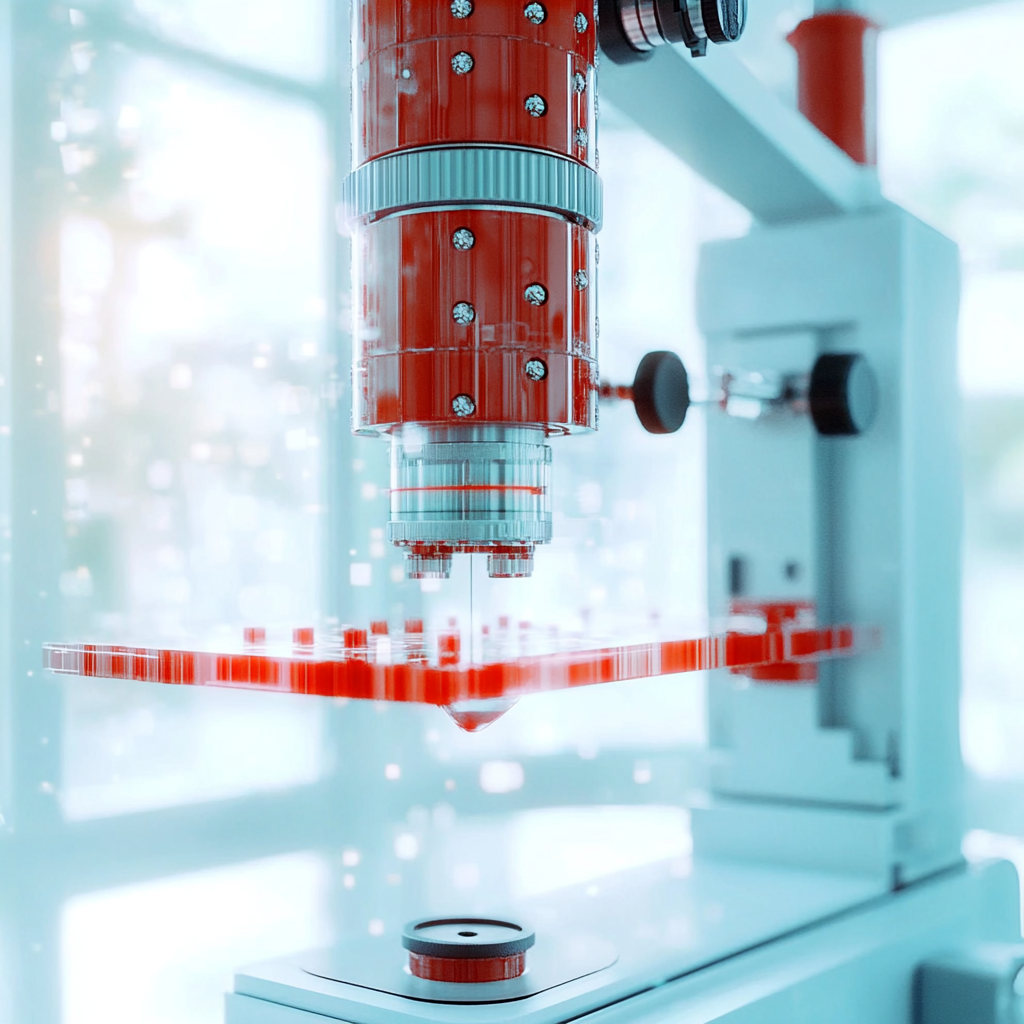Physiother Res Int. 2025 Jul;30(3):e70069. doi: 10.1002/pri.70069.
ABSTRACT
BACKGROUND: The treatment of postpartum diastasis recti abdominis requires a comprehensive approach that considers the integrated function of the core muscle group, rather than focusing solely on the isolated stimulation of the rectus abdominis.
PURPOSE: To investigate the effects of inspiratory plus expiratory neuromuscular electrical stimulation in patients with postpartum rectus abdominis separation.
METHODS: Sixty patients diagnosed with postpartum Diastasis Recti Abdominis (DRA) were randomly assigned, using a random number table, to either a control group (n = 30) or an intervention group (n = 30). Both groups participated in a standardized postpartum rehabilitation program for 4 weeks, consisting of daily 20-min treatment sessions, 5 days per week. The control group received electrical stimulation targeting the rectus abdominis muscles, whereas the intervention group underwent inspiratory plus expiratory neuromuscular electrical stimulation. To assess the outcomes, a blinded assessor utilized high-frequency ultrasound to measure the separation distance of the rectus abdominis, the thickness of the transversus abdominis, and the thickness of the diaphragm both pre- and post-intervention. Additionally, the diaphragm thickening ratio was calculated.
RESULTS: At baseline, no significant differences were observed between the two groups. However, following the 4-week intervention, both groups demonstrated significant reductions in rectus abdominis separation (p < 0.05). Notably, the intervention group exhibited significantly greater improvements in rectus abdominis separation at the supra-umbilical and umbilical regions compared with the control group (p = 0.040 and p < 0.001, respectively). Furthermore, the intervention group showed significant increases in diaphragm thickening ratio and transversus abdominis thickness (p = 0.025 and p < 0.001, respectively) relative to the control group.
CONCLUSION: The addition of inspiratory plus expiratory neuromuscular electrical stimulation to conventional postpartum rehabilitation significantly improves outcomes in patients with postpartum DRA. Overall, these findings provide evidence for a novel therapeutic approach that targets both abdominal muscle function and respiratory mechanics, offering a promising direction for the management of DRA in postpartum women.
PMID:40426315 | DOI:10.1002/pri.70069
